All the hair removal at home methods explained—from cost to pain levels and effectiveness
These are the best hair removal at home options to consider to suit different budgets and lifestyles
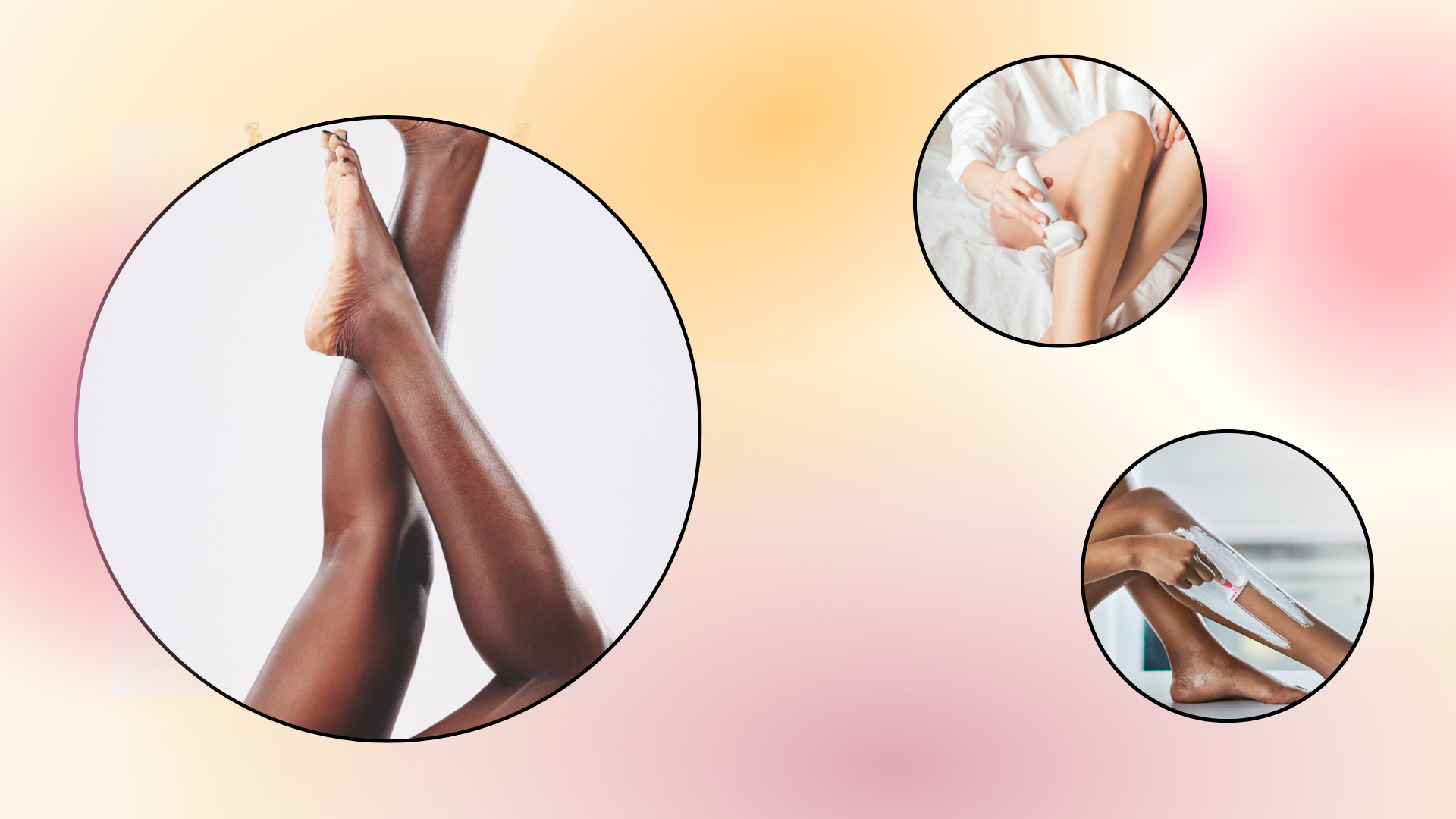

Body hair is natural, but it's totally your choice whether you decide to keep yours as it is or undergo hair removal at home. If you do decide to get rid of your body hair there are plenty of options for doing so yourself, from taming your brows to de-fuzzing your limbs, underarms, upper lip, or bikini line—or all of the above.
Getting your body or facial hair removed by a professional or laser hair removal is, of course, a brilliant option, but we don't always have the time, money, or inclination to attend regular maintenance appointments. That means at-home removal is often our preferred option.
Before you even think about splashing out on an at-home device, however, there are several things to think about, from the area(s) you want to de-fuzz to the costs and your pain threshold. There's also your lifestyle to consider, as well as whether or not you can commit to a program of regular at-home treatments. In order to help you manage both your expectations and budget, we tapped into several hair removal experts' knowledge for the ultimate guide to hair removal at home.
Meet the experts on at-home hair removal
- Emily Buckwell is a product expert at CurrentBody, an online retailer specializing in beauty gadgets. She's explained some of the benefits of IPL devices.
- Karunesh Jigyasu is brand manager at at-home hair removal brand Flamingo, and has given some insight into waxing.
- Laurretta Power is national eyebrow expert for Benefit Cosmetics, and has shared some of her expert tweezing knowledge.
- Shavata Singh is the founder and CEO of Shavata Singh London Brows & Lashes. Here she has explained how threading works.
- Dr Jinah Yoo is a consultant dermatologist and has explained the laser hair removal process.
What is the best option for hair removal at home?
Shaving with a razor is without a doubt an easy, cheap and foolproof method. But when it comes to long-lasting results, using one of the best lPL hair removal devices is a more effective method.
IPL devices rapidly flash light at the melanin (pigment) in your hair follicles, which in turn converts to heat beneath the skin. This damages the hair at the root, effectively "putting it to sleep" so that the strand falls out and grows back much finer—if at all.
What is the healthiest hair removal method?
Threading is largely considered the healthiest hair removal method as it's such a simple process. The ancient technique utilizes a piece of cotton thread that’s twisted and tugged along areas of unwanted hair. It's a great option for those pondering the age-old question of how to remove pubic hair without shaving, if you want to target smaller areas and can stand the temporary pain.
There are no chemicals, artificial waxes, or invasive techniques involved, meaning it's one of the best and most gentle options for your skin—even if it doesn't feel totally comfortable during the treatment.
Can you permanently remove hair at home?
Sadly, no at-home device offers completely permanent results. But as for how long hair removal methods last, using any of those we explain in more depth below means that the hair will grow back finer and more —and some people are lucky enough that it doesn't grow back at all.
It’s also worth noting that body hair can grow back as a result of hormonal changes, such as childbirth and menopause, for example. Mastering an at-home hair removal method is therefore not only convenient, but also means you won't have to fork out for salon sessions if you do experience an unexpected and unwanted growth spurt.
Thankfully, almost all hair removal methods can be done from the comfort of your own four walls, including laser hair removal, threading, and waxing. It's all about nailing the technique and choosing the option that works best for your pain levels, budget, and schedule.
At-home hair removal methods explained
IPL
Best at-home hair removal method for ease and reliable results
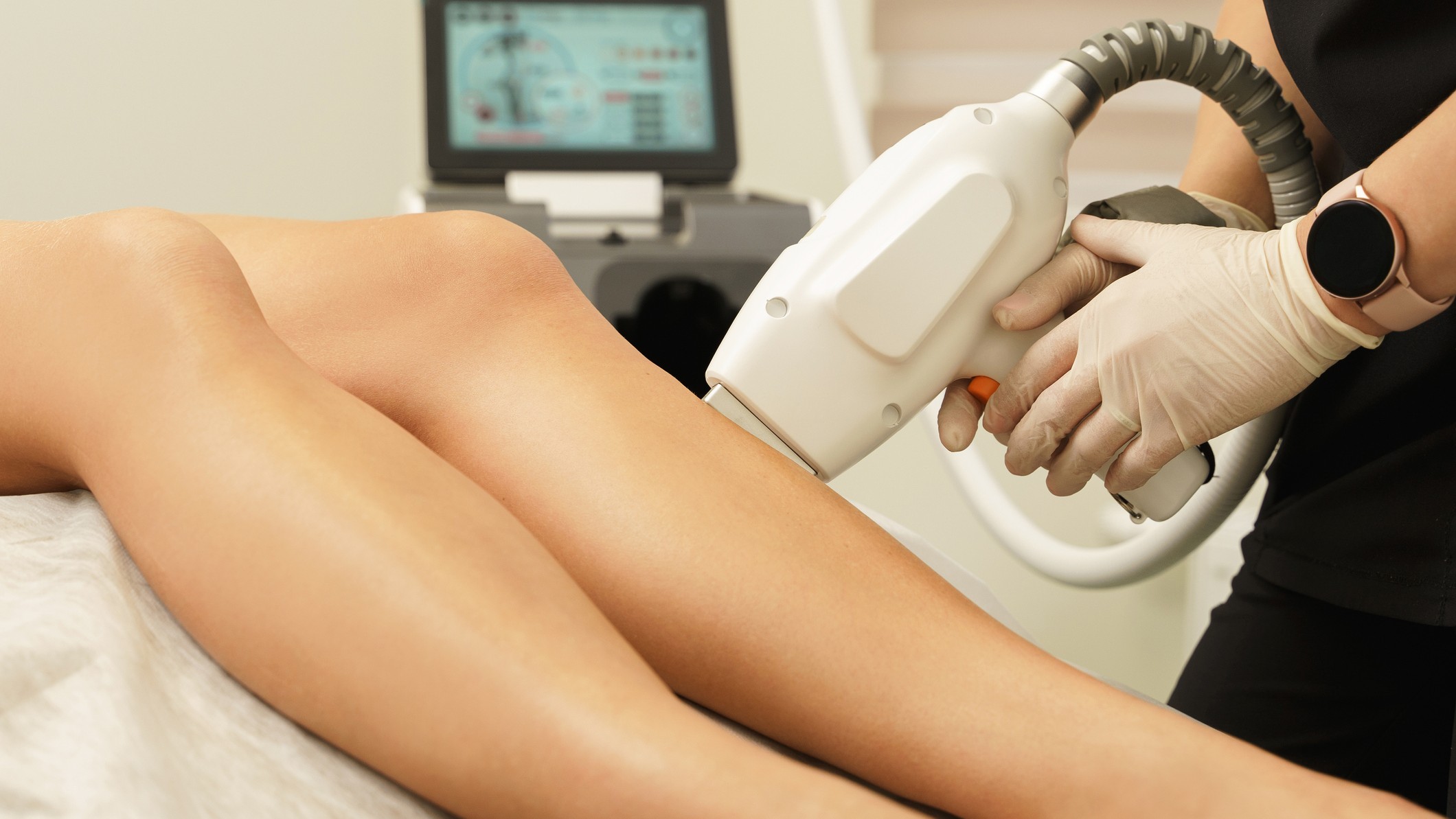
- Cost range: $100- $500
- How long does it last? Top up treatments needed every six to 12 months
- Value for money: 5/5
- Difficulty level: 3/5
- Pain/discomfort level: 2/5
Most of the best IPL hair removal devices look a little like a hair dryer or speed gun. When held against the skin above the upper lip or on the body, they use gentle pulses of broad-spectrum light to heat hair follicles at the root to prevent regrowth. Although the initial course of treatments will remove all of your hair follicles, they can grow back, which is why IPL is classed as hair reducation rather than permanent removal.
How it works: IPL devices transfer light energy to the hair shaft. As Emily Buckwell, product expert at CurrentBody, says: "Once absorbed, this light energy is converted to heat, which prevents further hair growth. As hair grows in cycles, you will need to repeat your treatments until you eventually catch each phase of growth, resulting in reduced hair over time."
How to do it at home: Shave the treatment area first. "If you treat with hair present, the energy goes into the hair shaft and doesn’t reach the root, where the growth comes from," Buckwell explains. Then, press the device onto the skin, where it will deliver a flash of light.
How it works with different hair types: IPL devices aren’t suitable for all as there has to be sufficient contrast between the skin and hair color. For example, IPL won’t work on naturally light blonde, red, white, or gray hairs as they contain little pigment. It's also not one of the best hair removal options for dark skin (5+ on the Fitzpatrick scale), as IPL is also absorbed by the melanin found in the skin, causing it to heat up and potentially burn.
Typically, those with pale to medium skin tones and naturally dark blonde, brown, and black hair are the best candidates for IPL. But the good news is that, if you're unsure, many of today's IPL devices come with a built-in skin scanner and simply stop flashing if they detect skin and hair color that isn't suitable.
Waxing
Best at-home hair removal method for hair removal novices
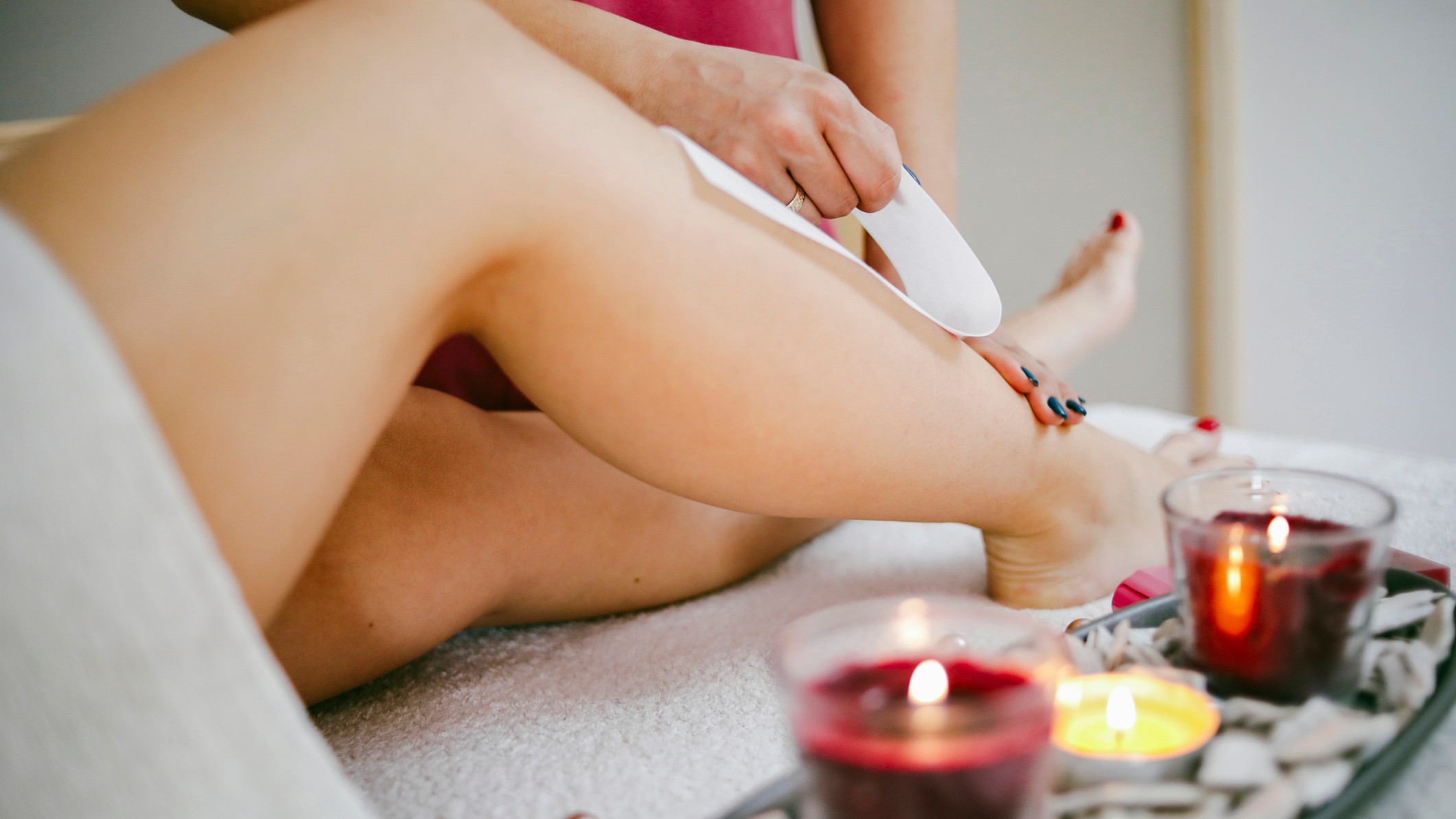
- Cost range: $8-$50
- How long does it last? Around 4 weeks
- Value for money: 5/5
- Difficulty level: 4/5
- Pain/discomfort level: 4/5
If you want to know how to remove pubic hair without shaving, waxing is an affordable option. This versatile method involves pulling the hair from the follicles, and it can be used on the face (brows, mustache) and the body (underarms, legs, and bikini line). There is one caveat, though: dermatologists warn against waxing eyebrows at home. The skin in this area is thin, delicate and sensitive, and hot wax in the hands of an amateur can cause burns and scarring. Not only that, you’ll also get a better shape from a professional than using DIY waxing strips. However, with a little know-how, using them elsewhere on the body results in silky smooth skin.
How it works: There are two main options. The first involves applying a thin layer of warm wax to the hairs you wish to remove. A paper strip is then placed over the top, the wax solidifies and the strip is quickly ripped away. The second method uses pre-made strips that don’t need to be heated and are simply applied and yanked away. These are a bit easier to use and less messy to apply.
For the latter, Karunesh Jigyasu, brand manager for Flamingo, advises: "Treat the wax like you’re sealing an envelope by completely rubbing the hair into the wax. Once this is done, hold your skin taut as this will ensure tension and allow the wax to pull out the hair."
How to do it at home: Make sure you do the necessary prep. Test an area of your skin 24 hours beforehand to ensure that the wax formula doesn’t cause an adverse reaction. Then, wash away any makeup or moisturizer and wait about 10 minutes before you start waxing to ensure your skin is dry.
When de-fuzzing your upper lip, place a waxing strip on one side, following the angle of your lip line. "Rub the strip firmly, and then pull the skin taut at the base of the strip," says Jigyasu. "Remove the strip quickly, pulling across, not up, like you’re applying lipstick. If you don’t get all the hair off on the first try, wait 24 hours before trying again to prevent irritation. Once you’re done, clean away any excess wax residue on the skin."
While it’s common for leg hair to grow in multiple directions, it’s important to rub a soft-gel wax strip firmly in the general direction of hair growth for an effective wax. As Jigyasu says: "Pubic hair often grows down and inwards, meaning you’ll need to place the wax strip at an angle."
How it works with different hair types: Waxing works on all hair types, but it does cause trauma to the skin barrier. As a result, darker skin tones could experience post-inflammatory hyperpigmentation or darkening of the skin where the strips were applied.
Jigyasu points out that ingrown hairs can be another issue. "Pubic hair and underarm hair are described as 'terminal hair', which means that it’s thicker and coarser than lighter vellus hairs found on the upper lip or legs. Terminal hair grows from further in the dermis, and while it can still be removed using wax, it is often more prone to forming an ingrown hair." As for what to do with ingrown hair: exfoliate the area to remove any dead skin that could be preventing the hair from breaking through the skin’s surface.
Tweezing
Best at-home hair removal method that's a quick fix for facial hair
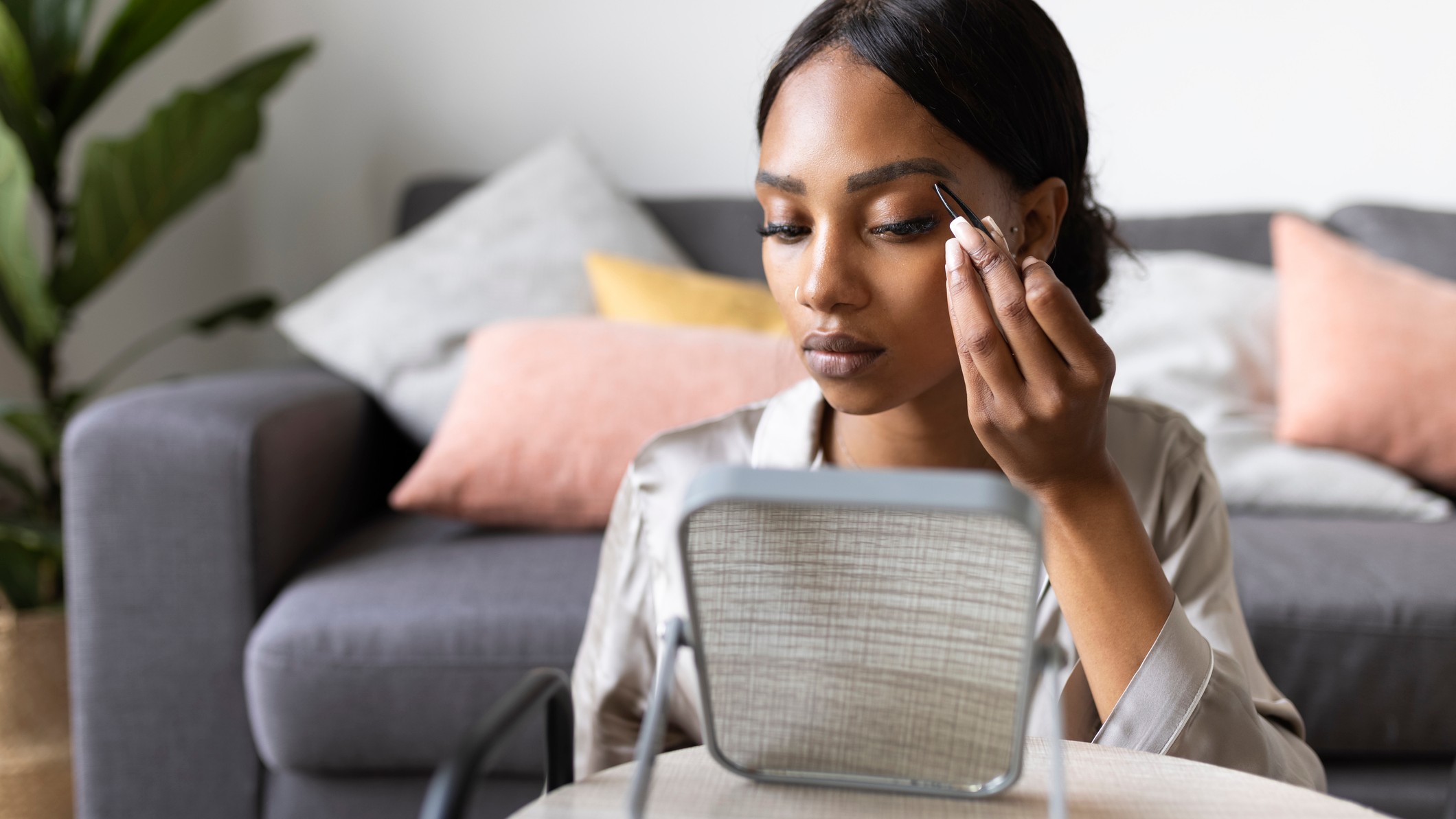
- Cost range: $13-$45
- How long does it last? 3-4 weeks
- Value for money: 4/5
- Difficulty level: 1/5
- Pain/discomfort level: 1/5
We'd venture that most people’s past experiences of DIY tweezing weren't ideal. If you've previously been left with thin tadpoles for brows instead of perfectly-shaved brows that look like they've been achieved through microshading, for example, and have steered clear of tweezers ever since, listen up.
How it works: The idea is to pull the hair out of the follicle at the roots using a pair of good-quality tweezers. As it’s a fiddly process, it doesn’t lend itself well to larger areas, so stick to tweezing your brows and upper lip or the odd stray chin hair.
How to do it at home: Ideally, you should visit a professional to have your brows shaped with wax initially. Then, in between appointments, you can use tweezers to nix any strays. Laurretta Power, Benefit Cosmestic's national eyebrow expert, says: “Always use clean, slanted tweezers for more control and to prevent breaking the hairs. Hold the skin tight, grip the hair from the root, and then pluck at an angle, in the direction of growth. This will protect the hair follicle and ensure it grows back properly—this is important if you accidentally overpluck!” As it's a temporary fix, tweezing isn't the best option for how to remove facial hair permanently.
If it’s an emergency and you really can’t book in at your fave brow bar, start by using a brow pencil to fill in your desired shape. “Then tweeze the hairs that fall outside of this shape," Power says. "Use a larger mirror so you can see your entire face when shaping your brows. Finally, use damp cotton to wipe over the brow, cooling your face and collecting any unwanted plucked hairs."
How it works with different hair types: "Tweezing will work for all hair types, however, it takes longer and can be uncomfortable, so we’d always recommend waxing brows first of all," Power says.
Shaving
Best at home hair removal method for speed and cost
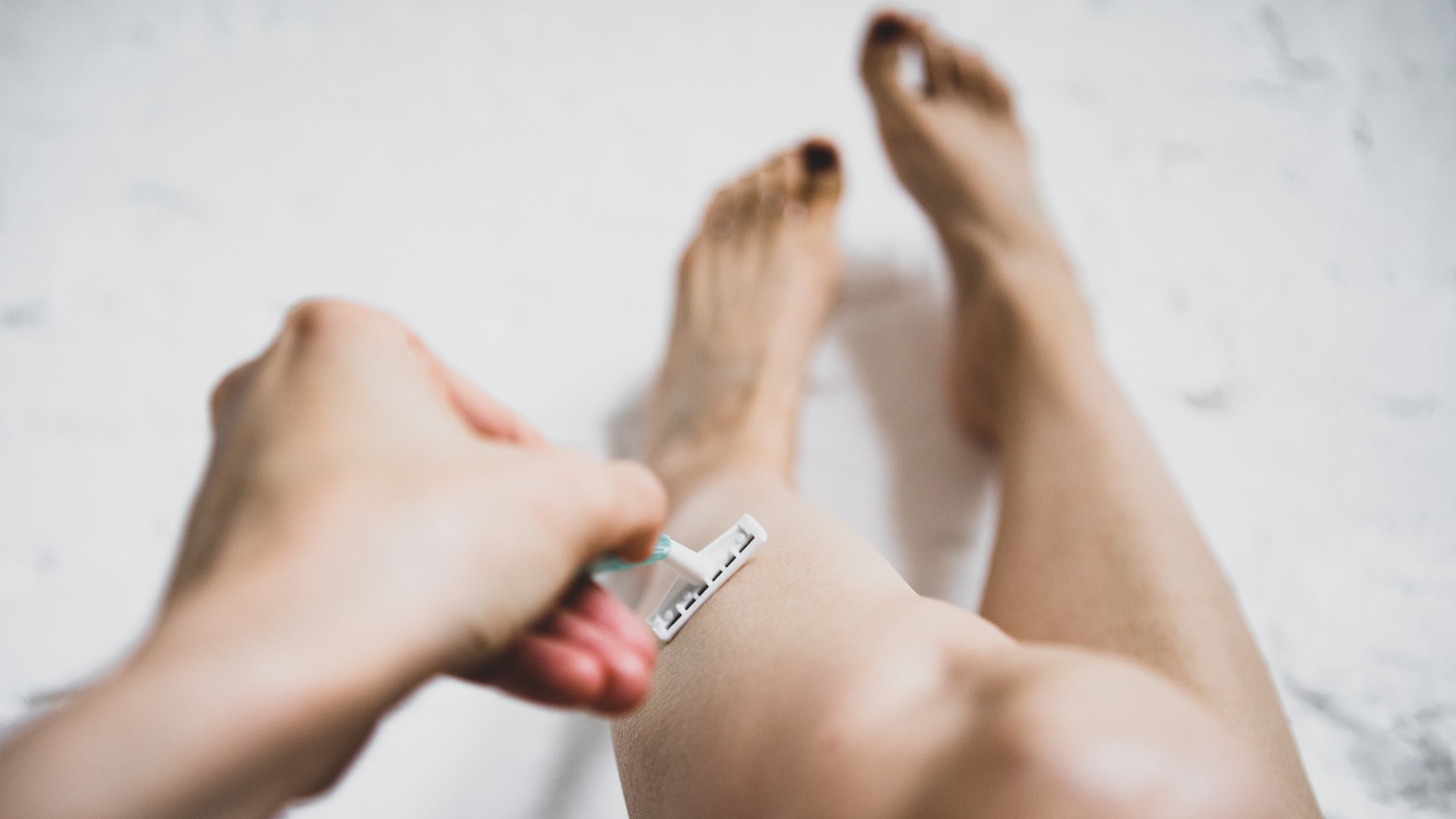
- Cost range: $6 - $22
- How long does it last: Skin can stay silky smooth for up to three days
- Value for money: 5/5
- Difficulty level: 0/5
- Pain/discomfort level: 0/5
It’s thought that about 75% of women are wedded to their razors for removing hair from the bikini line, whichever side of the bikini vs brazilian wax side they fall on. And for good reason: shaving is fast, easy, cheap, and effective, and it can tackle all types of hair from the neck down.
How it works: The sharp blade of a razor cuts the hair very close to the skin, removing the tip of the hair shaft that pokes out of the skin.
How to do it at home: If you're constantly dealing with ingrown hairs, red bumps, and what feels like immediate stubble, there may be room for improvement in your shaving routine. First, ensure your skin is well-hydrated before shaving, otherwise hair will be more difficult to cut due to friction and you increase the chance of razor burn. If you’re shaving your bikini line, exfoliate the pubic area beforehand to prevent irritation. Then, apply shaving gel and use long, steady strokes with the razor, working in the direction of hair growth. On the legs, shave against the grain and bend your knee to better shave the kneecap.
How it works with different hair types: All hair types can use a razor, but you may encounter the same issues when shaving as you do waxing stubborn terminal hair along the bikini line.
Threading
Best hair removal method for lovers of natural treatments
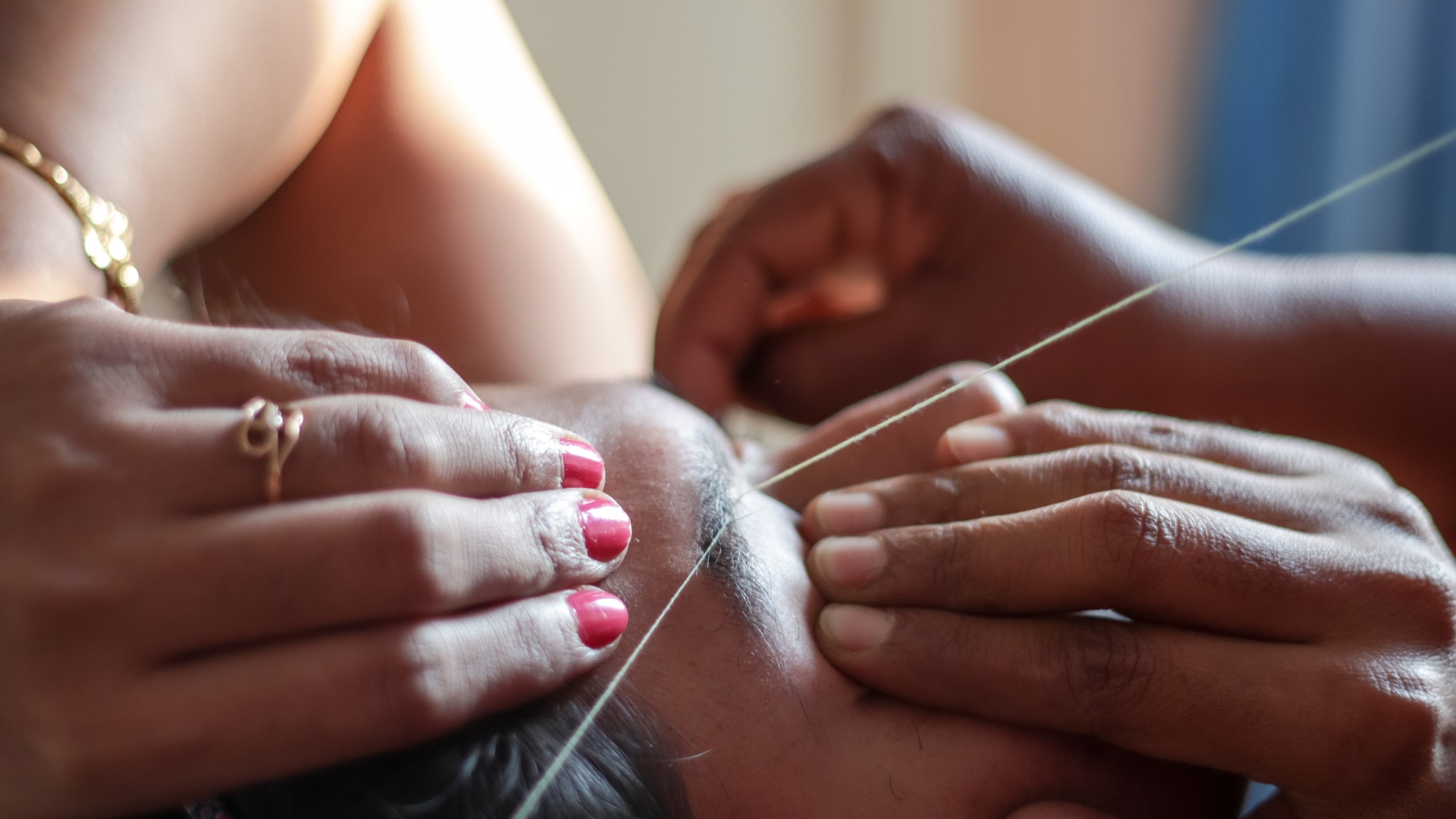
- Cost range: $15-$45
- How long does it last? 3-4 weeks
- Value for money: 5/5
- Difficulty level: 5/5
- Pain/discomfort level: 3/5
Shaving and waxing once reigned supreme, but threading has soared in popularity and become one of the best treatments for a perfect eyebrow shape. A highly skilled professional uses one hand to stretch your skin taut, while the other wields a thread that speedily plucks out hairs and shapes your arches. However, with a lot of practice, it’s possible to get to grips with the technique yourself for hair removal at home.
How it works: After wiping the brow area clean with a cleanser or alcohol, the thread is fashioned into a lasso that moves back and forth to tug out the hair.
How to do it at home: Threading your own brows can be hard, so whatever you do, don’t practice on the face. Find a good online tutorial and start on your upper thigh to get a feel for rolling the thread. Shavata Singh, founder and CEO of Shavata Singh London Brows & Lashes advises: “I also recommend starting on a smaller area like the upper lip that doesn’t require so much stretching.” It’s also important to only work above the eye—"Your eyelid is the thinnest layer of skin on your face so I wouldn’t recommend threading below the brow, as the skin can get caught in the thread and cause cuts or grazes.”
How it works with different hair types: "Threading works for all hair types," Singh confirms. "Whether the strand is coarse or fine, it can pick it up and remove the hair from the root."
Laser hair removal
Best at-home hair removal method for quick results
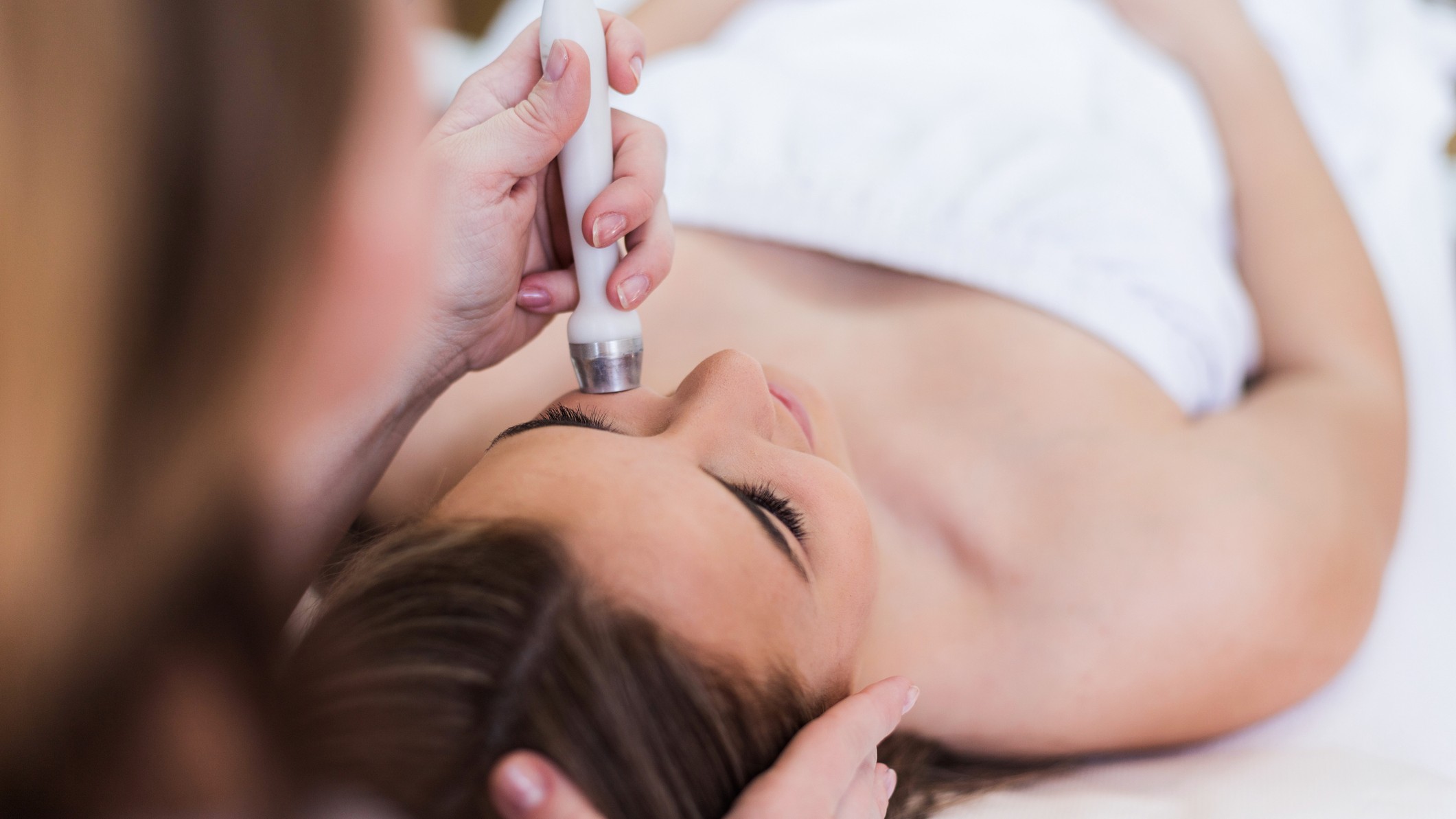
- Cost range: Tria Hair Removal Laser 4X costs $469, for example
- How long does it last? Top-up treatments needed once a year
- Value for money: 3/5
- Difficulty level: 3/5
- Pain/discomfort level: 4/5
Diode laser technology is a long-lasting form of hair removal that targets the active follicles that lie beneath the skin on the body. Facial hair on the upper lip can also be lasered away. When each follicle gets zapped it may sting a little, not unlike a rubber band being snapped on the skin.
How it works: "Lasers use one single narrow wavelength of light to selectively damage the hair follicle without affecting the surrounding skin," says consultant dermatologist Dr. Jinah Yoo. "The melanin [natural pigment] in your skin then absorbs this light energy and converts it into heat, ultimately damaging the hair itself. The eventual outcome will be a reduction in the amount and thickness of the hair."
How to do it at home: Laser hair removal is possible at home, but not advised. The only FDA-cleared at-home laser hair removal option on the market is the Tria Hair Removal Laser 4X, which claims to reduce up to 70% of hair growth after two treatments. According to Dr Yoo, there’s a very simple reason the method is best left to the professionals—safety. "Lasers, if operated inappropriately, can cause considerable harm to your eyes and skin," she explains. "If you’re interested in laser hair removal, it’s important to do your research and choose a qualified medical practitioner."
How it works with different hair types: "For laser treatment to work, there has to be a big color contrast between skin and hair, which is why dark hair and light skin tones traditionally see the best results," Dr. Yoo explains. "Problems arise for very dark skin tones because some lasers become confused and target the melanin in the skin instead of the pigment in the hair—which results in burning, pigmentation, and scarring." Our detailed guide on electrolysis vs laser hair removal has more information on the process.
Hair removal cream
Best at-home hair removal method for pain-free hair removal
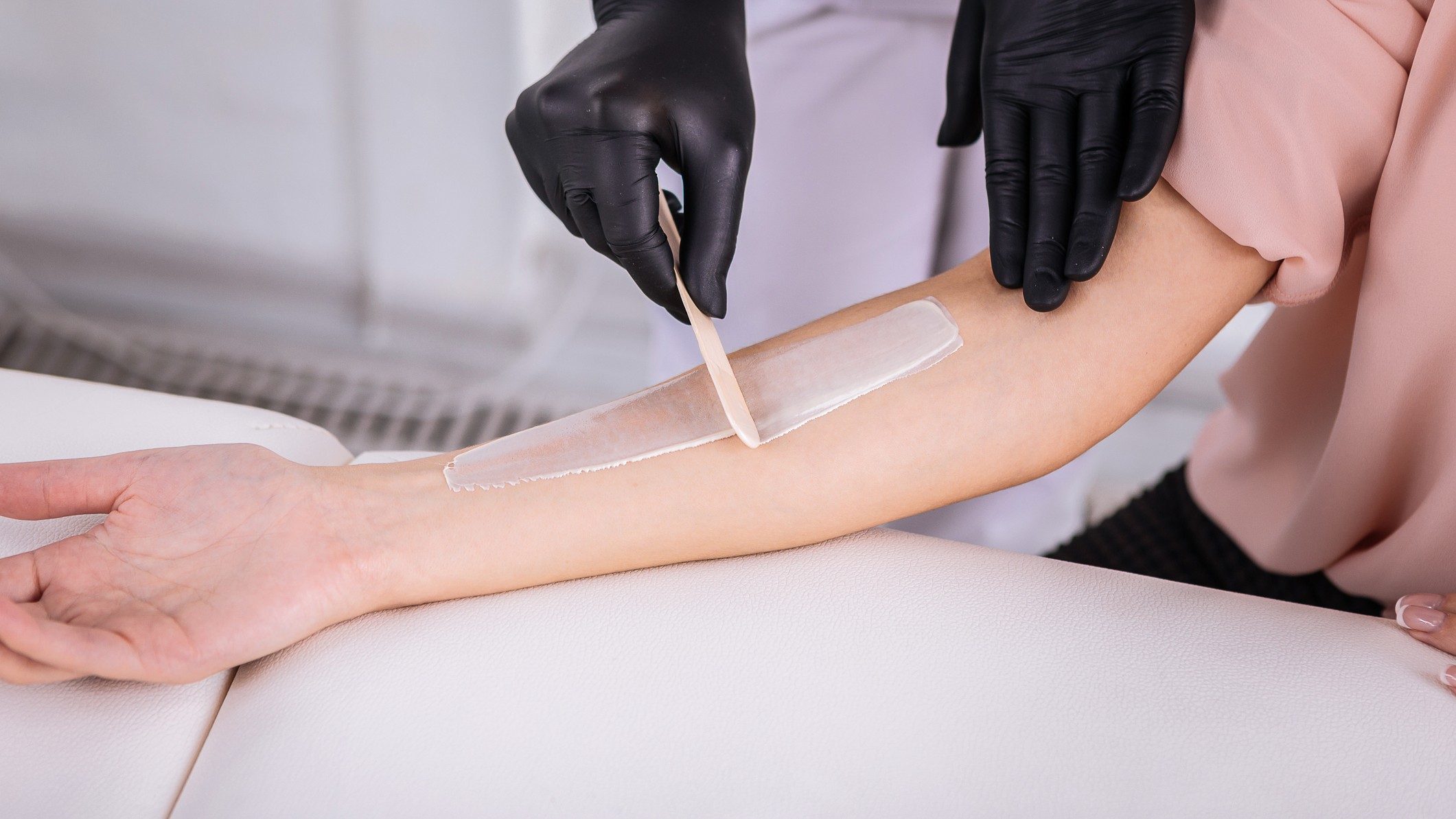
- Cost range: Up to $8
- How long does it last? 2-3 days
- Value for money (out of 5): 3
- Difficulty level (out of 5): 1
- Pain/discomfort level (out of 5): 0
Officially known as depilatory cream, hair removal cream is a thick substance that is smoothed over the skin to remove hair.
How it works: Ingredients commonly found in depilatory creams include salts of thioglycolic acid and thiolactic acids, which dissolve the disulfide bonds and keratin in the hair, so that they are easily removed without any pulling.
How to do it at home: Once you get past the smell of rotten eggs, always do a patch test 24 hours before using your hair removal cream to ensure you don't have an adverse reaction. Never apply hair removal cream to skin that is weeping or irritated.
Once you've tested, apply the cream to areas of unwanted hair before taking a shower—save reaping the hot bath benefits for another day. Leave it on for 3-10 minutes, depending on the manufacturer’s instructions, then use a washcloth and warm water to remove the paste-like combination of hair and cream. Do not exceed the time specified as you risk chemical burns.
How it works with different hair types: Hair removal creams can be used on any area of the body, but since you’ll be using a fair bit of the stuff and it can get a bit messy, they lend themselves better to the legs and underarms rather than the bikini line. Results don’t last long, though, as hair removal creams don't target the root.
Electrolysis
Best for lasting smoothness—though sadly it can't be done at home

- Cost range: From $300/£300 for the face
- How long does it last? Permanent
- Value for money: 3/5
- Difficulty level: Not applicable
- Pain/discomfort level: 2/5
Unfortunately, electrolysis can't be done at home, but if you're after a long-term hair removal option it's well worth seeing a professional. This is an in-clinic-only treatment that zaps the hair follicles with electric current. If you’re wondering how to remove facial hair permanently, electrolysis is also the only method the FDA calls "permanent".
How does it work: Electrolysis involves using heat to destroy the reproductive hair cell. A fine probe is inserted into the hair follicle, which then sends a current to stop unwanted hair from growing. The strand is then removed with tweezers. Electrolysis goes deeper into the skin—getting under the follicle—resulting in a truly permanent solution.
How to do it at home: As mentioned, this is a professional-only treatment, so hair removal at home is not possible with electrolysis. It's also not the quickest or cheapest hair removal option either, as the process involves probing each individual hair follicle. Given that most of these follicles contain several individual hairs, they won’t all be zapped in a single session.
How it works with different hair types: The bonus of electrolysis is that it suits all hair types and ethnicities, and is considered to be one of the best hair removal options for dark skin.
Fiona Embleton is a multi-award-winning beauty editor who has tested over 10,000 products in her 10 years + of writing and shooting beauty stories. For the past four years, she was the Senior Beauty Editor at Marie Claire, having previously worked in the role of Beauty Editor at both Stylist and Cosmopolitan. She has recently gone freelance and alongside My Imperfect Life, she has written for titles including ELLE UK, ELLE Canada, Buro 247, Harper's Bazaar Arabia, Vogue Scandinavia, and ES Magazine. Beauty journalism allowed her to marry up her first-class degree in English Literature and Language (she’s a stickler for grammar and a self-confessed ingredients geek) with a passion for make-up and skincare, photography, and catwalk trends. She loves jumping on the latest internet-breaking beauty news, dissecting the best red carpet looks, and having the crème de la crème of dermatologists, make-up artists, and hairstylists on speed dial so she can tap them for the best advice. She’s a discerning beauty shopper and knows it can be confusing trying to navigate what’s hype and what really works. So if she really likes something, you can trust that she has reached that opinion by vetting it against everything else she’s ever tried. Her career highs? Interviewing Cate Blanchett and winning a Jasmine Award for the deeply personal feature Cancer Stole My Mother’s Scent.